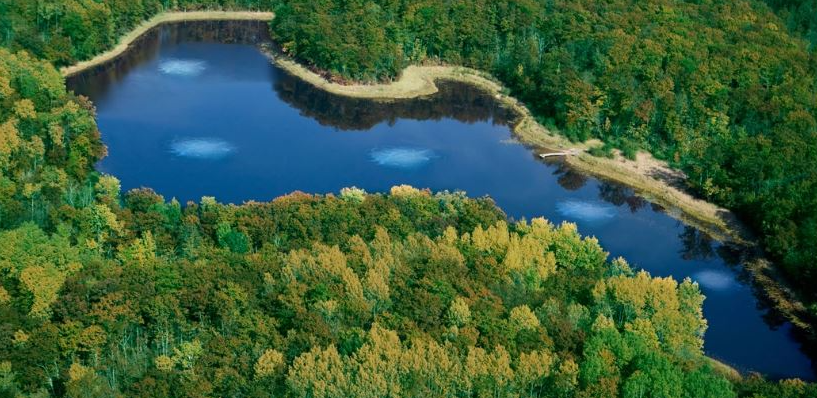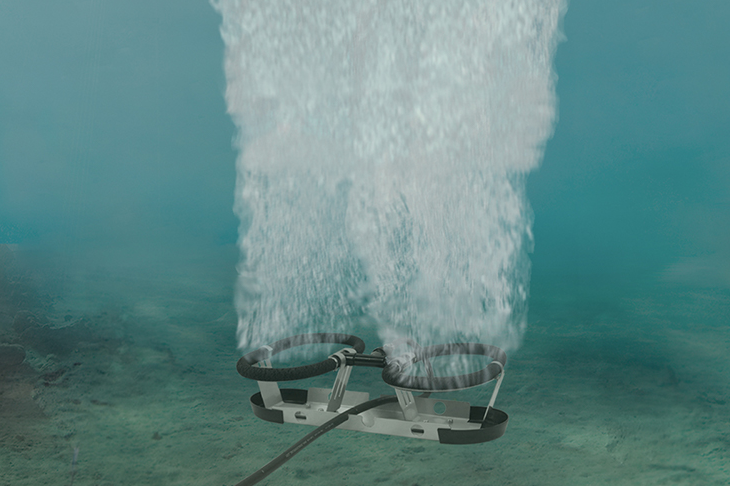One of the biggest factors in the health of your lake or pond is oxygen. When dissolved oxygen levels are sufficient, water quality is greatly improved. The best way to increase dissolved oxygen in your waterbody is through the use of specialised equipment. There are many types of aeration systems that fall under the broad categories of floating, which work from the top down, and submersed, which work from the bottom up. Read some of our most informative articles about all things aeration.

1.The Benefits of Lake and Pond Aeration
Aeration is important, but no two waterbodies are the same. That’s why it’s important to understand how and why this solution can impact your unique aquatic resources. Learn about the many benefits of aeration and the ways in which dissolved oxygen impacts the entire ecosystem.

2.Lake Aeration: Submersed Aeration Systems
How deep is your waterbody? Are their hills and valleys below the surface? How has volume changed over the years? These are all important questions when determining the right aeration solution for each lake and pond.
3.Breaking Through the Thermocline to Prevent Fish Kills
If you’ve ever swum in a lake or pond during the summer, you may have noticed a significant contrast in temperature from the water’s surface to your feet. This transition is called the thermocline. While natural, thermoclines can have a very negative impact on fish and other species. Find out how aeration can help prevent problems from occurring.
Aeration is a tried and true management solution for our water resources, and over the years equipment has evolved. The lake management industry recently welcomed a new technology called direct oxygen saturation for added aeration benefits. Keep an eye out for new information soon!
